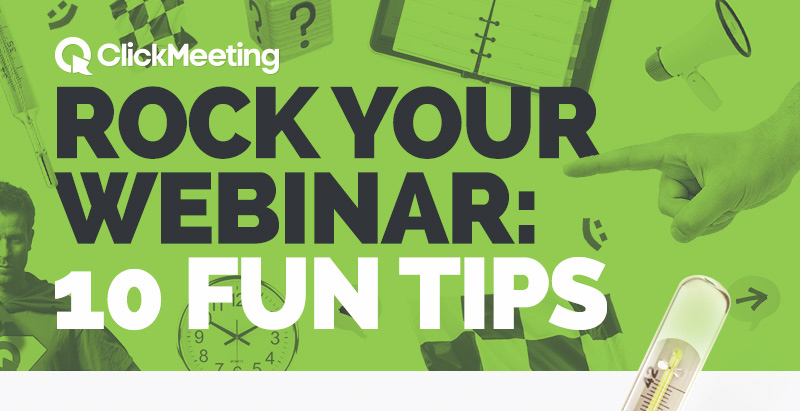Putting a webinar together is hard work: the costs in time for creating the content and marketing are not for the faint of heart. Webinars are both a product and a service and can give your audience life- and career-changing advice. Other than making money – either directly from people paying to attend the webinar or indirectly from sales resulting from the webinar – the goal is to get interested people to attend. There’s one factor that can make or break the attendance at your webinar: how much you decide to charge for it.
Most webinars range from around 45 to 60 minutes in length – not that much time, but the best speakers and webinar creators manage to pack a lot of information into it. The quality of the information in a webinar and the authenticity and professionalism of its delivery are often what creators think of first when deciding whether to charge and how much. You may think your webinar is great (and it may be), but what audiences think matters more. Their time is money, too. While there’s no perfect formula for setting a price, considering the following factors beforehand can put you in the right range.
Table of Contents
Cater to your audience
The content of the webinar is geared toward your audience, and the cost should be, too. Considering your audience is key to getting takers. Corporations will pay the most, followed by non-profit/social sector organizations, and then individuals have the lowest budgets. Don’t set the price line too high for individuals (it alienates your audience), and don’t charge too little for corporations (it downplays your expertise). If you want to expand the range of people who attend your webinar, offer a sliding scale. Also consider the field or industry you’re presenting to, or the type of person (mother, college student, etc.) The more specialized your webinar is toward a specific audience, the more you can charge.
Content counts toward the cost
In addition to the type of audience you’re speaking to, the type of content is also a determining factor in your webinar’s cost. If your content is mainly a marketing pitch, it would be unwise to charge for the webinar – give it for free and you’ll draw more customers. A webinar geared toward professional development and voluntary learning, however, is another story. When people sign up for a webinar with the intent to develop themselves, they are willing to pay, and often quite a great deal.
Hot topics fuel total payout
Unique content geared toward a specific topic earns the most money in the webinar world. What makes your content one-of-a-kind? If the answer is nothing, you won’t be able to charge much. Become an expert in the topic(s) that you cover and include the kind of information that can’t be gotten anywhere else. This is the kind that comes you’re your own (or the presenter’s) experience and wisdom, as well as diligent research and analysis.
Offer depth, not breadth
Webinar attendees are looking for information that will help them succeed in some area of life, be it expanding their personal social circles or developing a business idea. A lot of information on these topics can be found on the Internet. Even before you create your webinar, think about how you can offer content that can’t be Googled. That involves delving deeper into the topic so you can create a webinar that provides real value. The more information in the webinar, the more they’ll be willing to pay. Merely skimming the surface will result in a disappointed audience that won’t be back.
Dynamic and credentialed experts earn the most
The quality of the presenter often determines the success of the webinar – so a webinar with a knowledgeable and engaging presenter can bring in a lot of business. Whether it’s you or someone working for you, the best kind of presenter has credentials, a positive reputation in their field, expertise, experience and has a dynamic personality. Audiences get excited for a well-known expert – they’ll feel privileged to attend. People sign up for a webinar expecting to learn, but also hoping to be entertained. A mix of both personality/charm and intellectualism in a presenter gives webinars extra cred and counts toward their going price.
Still not sure? Look it up
It can take time to develop a webinar that speaks to all of these areas. If you’re new to webinars, you may want to start on the low end – offer a webinar for free for a limited time to gain a following. If you’ve been doing webinars for a while, it could be worth it to find out where you stand. Do a Google search for webinars and other content that delivers the same type of information that you do, and see how they compare in cost. After all, that’s probably what your audience is doing, too.








